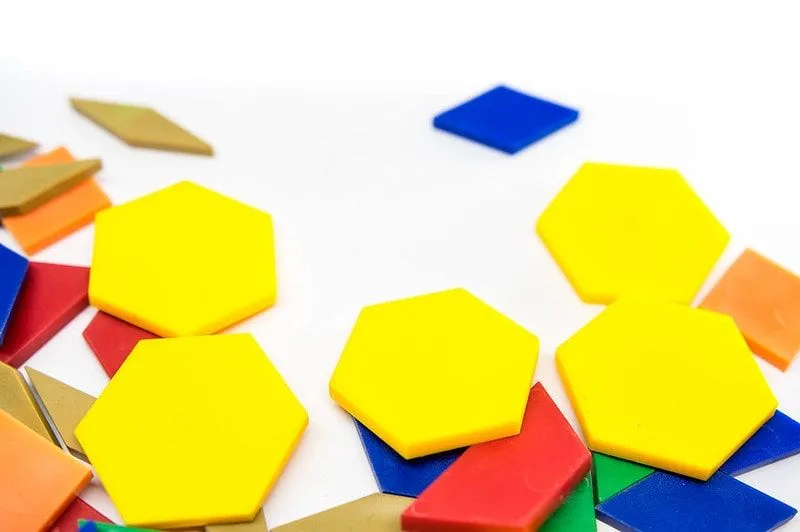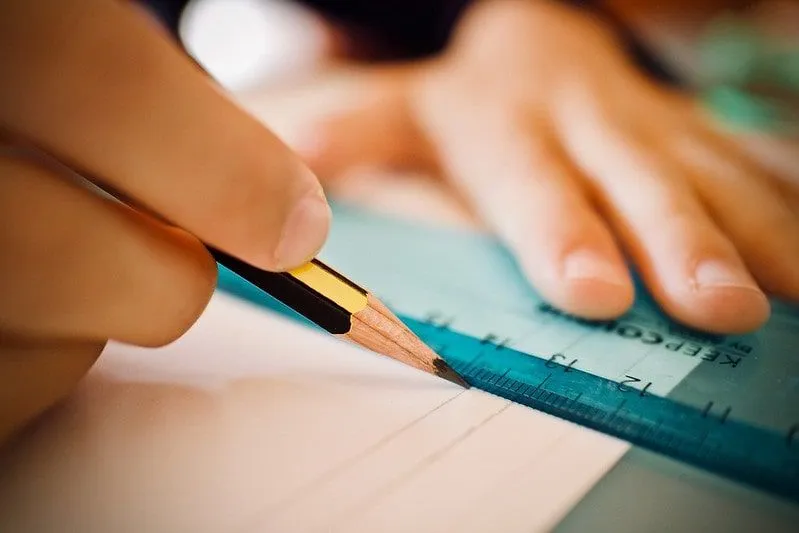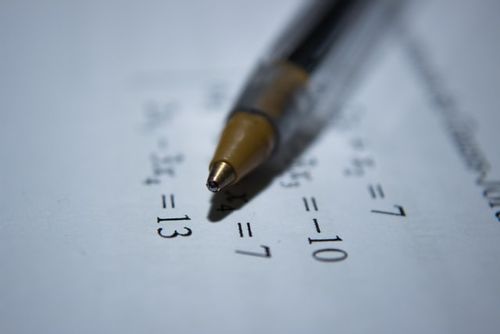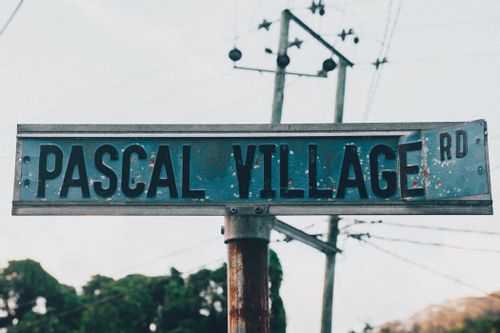FOR AGES 7 YEARS TO 11 YEARS
Maths for KS2 covers a large spectrum of ages, so it is important to build a foundation of understanding of both area and perimeter from the very beginning.
It can be tricky to know what and how to teach this, so Kidadl have put together a resource to help. Whether teaching your child at homeschool, helping with homework, or simply interested in what your child will be learning, you will need to know the basics of area and perimeter.
This is where we come in! Below is information on what your children should learn, how to explain the maths and the best ways to teach it. Have a quick read and, using our one handy fact file, you'll become an area and perimeter expert in no time.
According to the National Curriculum, perimeter and area are mathematical subjects taught from Year 3 onward. Below is a breakdown of what is expected from your children in each year group. Don't worry, Kidadl are here every step of the way.
Year 3:
In the lower KS2 curriculum, the children must be able to measure the perimeter of basic two dimensional shapes, such as squares and rectangles. Units are not important at this stage.
Year 4:
In Year 4, area is then introduced, with children needing to find the area of basic shapes done so by counting the number of squares.
Building on Year 3, these children must be able to calculate perimeter in both centimetres and metres.
Year 5:
Moving into the upper KS2 curriculum, students should calculate the area of a rectangle and a square. They should be able to use units such as cm2 and m2 and also be able to estimate and calculate the area of shapes from drawings or measurements given.
For perimeter, Year 5 children need to calculate the perimeter of rectangles and similar shapes. They should also use the perimeter or area to find any lengths that are unknown.
Year 6:
By the upper stages of KS2, understanding of area and perimeter is more advanced. Students should be able to understand that shapes with the same perimeters can have varying areas.
It is also at this point students need to be able to use formulae to find the area of different shapes, specifically rectangles, parallelograms and triangles.
Area is the measurement of a surface or space of a 2-D, flat shape. (This is not to be confused with volume, which is a measurement of space in any 3-D shapes.)

Image © Marco Verch under a creative commons licence.
Area can be found with two different methods. Area maths is very dependent on year group.
For lower KS2 (Year 4) the area of a basic 2-D shape can be found by using squares. If a rectangle is 4 cm by 3 cm, there will be 12 equal squares. By counting the squares, the area can be found. For this, it would be 12 cm2.
For the upper KS2, Years 5 and 6, this can be found using formulae. These are listed below:
Triangle: base x height
Square: length x length
Rectangle: length x width
Parallelogram: base x height
These formulae should be used to find the area of different shapes, and the correct units should be used. Having a handy list will make it easier for learning the formula.
For KS2 Maths, the only two units should be cm2 and m2. Any maths problem given should only use centimetres and metres.
The perimeter is simply the measurement of the entire outside edge of a 2-D shape. It is the distance all the way round.
You find perimeter by adding together the length of every edge of a shape. For lower KS2 Maths, these edges are simply measured using a ruler and the measurements of each individual length are added together. This calculates the area in centimetres and can also be found in metres.
As you reach the upper KS2 years, perimeter can be found by adding together each of the sides with a quick sum as the measurements are often already given.
Important To Remember: The perimeter is always measured by adding the length of each side.

When teaching children area and perimeter (KS2), there are a few important pointers to remember.
Visualisation: It is best to give real life examples that they can imagine in their head. For perimeter, when first learning, many teachers use the example of an ant walking around the edge and making the black line (the edge). The ant has made the perimeter by following the edge. The visualisation helps young children to understand a difficult concept.
Familiarisation: It is also extremely important with KS2 students that they familiarise themselves with these methods and formula, so practice these over and over again. it may seem a bit monotonous, but every time they use this, they are cementing the knowledge in their minds. However, it is important to be inventive, and to find a selection of resources.
Squared Paper: Having a supply of squared paper is definitely recommended! With this, you can draw a huge number of shapes onto the paper for your child and they can practise finding both area and perimeter regularly (just be sure to use the right units). These resources are also not too expensive, so they are perfect! The square boxes will help to aid the younger years, but it also helps in drawing accurate drawings. You can also draw trees in the shapes to help visualisation; if you label a large square as a forest you can walk around your child could picture this.
To save time on the search for helpful, useful resources, below are a few links to Kidadl's KS2 recommendations. These include videos, worksheets and various problems to keep your child interacting with their work on area and perimeter.
Mr Harris' Maths School: Join Mr Harris' at home Maths school. There are many helpful videos brought to you by Mr Harris, but the video 'Rectangles, Triangles and Parallelograms' is very helpful for area and perimeter in Year 5 and 6. This video focuses on the two concepts and how they are closely related. So, if you require some help explaining, Mr Harris is a good port of call, with lessons at 11 am four days a week. He also posts resource sheets to download and keeps his videos available to watch back at any point.

The Dadsnet Classroom: Every day at 10am, the Dadsnet community host a Maths and English lesson for KS2 children, so keep an eye out for any area and perimeter related lessons! With 30 minutes of mathematics every morning, this can be a useful way to keep your child engaged in learning Maths.
Kidadl have also compiled one long list of home school resources for the KS2 Maths curriculum, so if you need any further support, check these out here! Or search on our website to find out more.
Read The Disclaimer
At Kidadl we pride ourselves on offering families original ideas to make the most of time spent together at home or out and about, wherever you are in the world. We strive to recommend the very best things that are suggested by our community and are things we would do ourselves - our aim is to be the trusted friend to parents.
We try our very best, but cannot guarantee perfection. We will always aim to give you accurate information at the date of publication - however, information does change, so it’s important you do your own research, double-check and make the decision that is right for your family.
Kidadl provides inspiration to entertain and educate your children. We recognise that not all activities and ideas are appropriate and suitable for all children and families or in all circumstances. Our recommended activities are based on age but these are a guide. We recommend that these ideas are used as inspiration, that ideas are undertaken with appropriate adult supervision, and that each adult uses their own discretion and knowledge of their children to consider the safety and suitability.
Kidadl cannot accept liability for the execution of these ideas, and parental supervision is advised at all times, as safety is paramount. Anyone using the information provided by Kidadl does so at their own risk and we can not accept liability if things go wrong.
Kidadl is independent and to make our service free to you the reader we are supported by advertising.
We hope you love our recommendations for products and services! What we suggest is selected independently by the Kidadl team. If you purchase using the buy now button we may earn a small commission. This does not influence our choices. Please note: prices are correct and items are available at the time the article was published.
Kidadl has a number of affiliate partners that we work with including Amazon. Please note that Kidadl is a participant in the Amazon Services LLC Associates Program, an affiliate advertising program designed to provide a means for sites to earn advertising fees by advertising and linking to amazon.
We also link to other websites, but are not responsible for their content.
Was this article helpful?



Browse Category



We’ll send you tons of inspiration to help you find a hidden gem in your local area or plan a big day out.



Check your inbox for your latest news from us. You have subscribed to:
Remember that you can always manage your preferences or unsubscribe through the link at the foot of each newsletter.